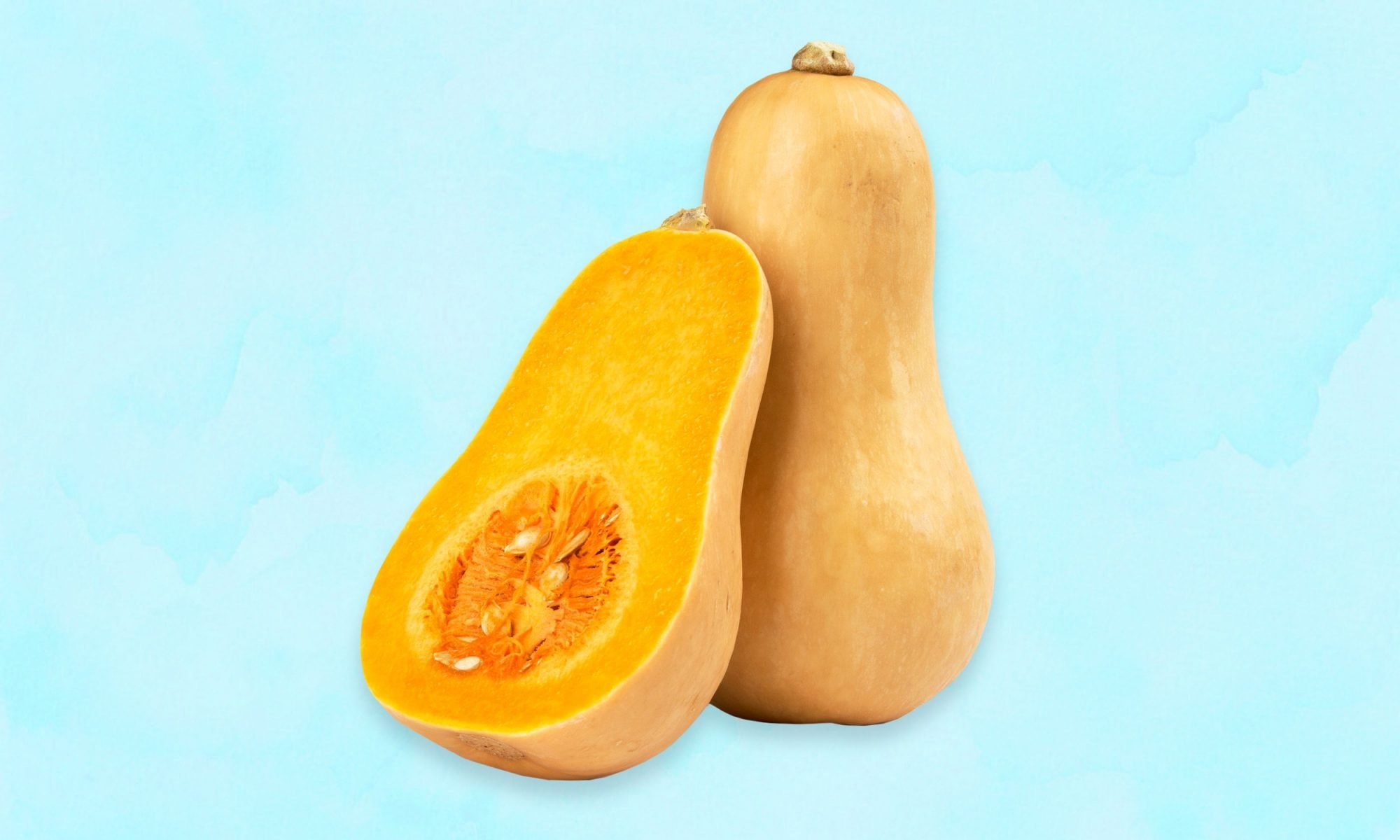You’re standing in the produce section of your local grocery store, eyeing a pile of butternut squashes. Their vibrant orange color and smooth skin are enticing, but how can you tell if they’re truly ripe? Understanding the signs of ripeness is crucial in ensuring that you bring home a squash that is bursting with flavor and ready to be turned into a delicious dish. In this article, we’ll unravel the mystery behind determining the ripeness of a butternut squash, allowing you to make a confident choice during your next shopping trip. So, let’s dive in and discover the secrets to finding the perfect butternut squash!
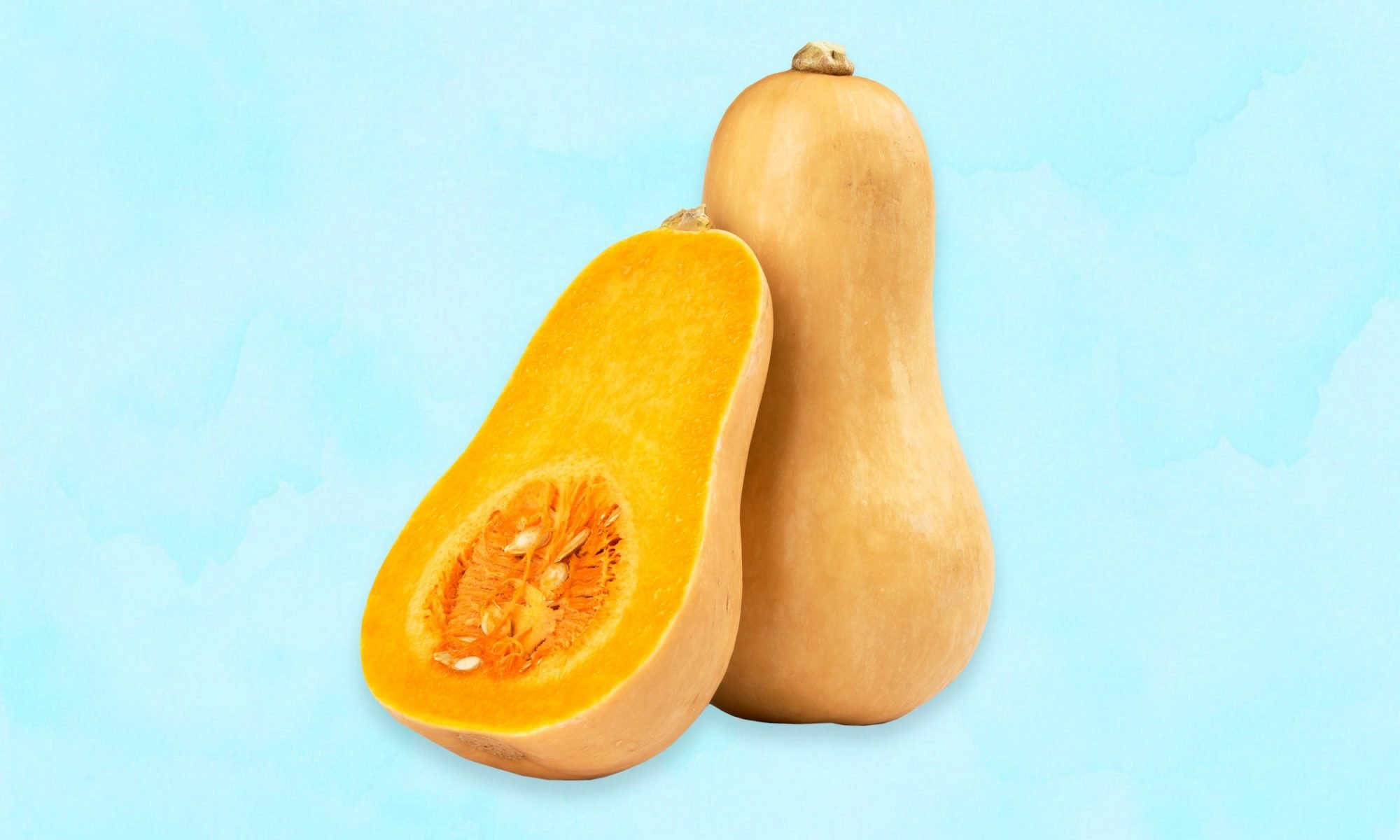
Appearance
Color
When it comes to the appearance of a ripe butternut squash, color plays a crucial role. A ripe butternut squash typically has a rich, golden tan color. The skin should be evenly colored, without any green patches. Green patches indicate that the squash is not yet ripe. Additionally, be on the lookout for any blemishes or spots, as these can be signs of decay or spoilage.
Texture
The texture of a ripe butternut squash should be firm and smooth. Run your hand gently over the surface of the squash to feel for any soft spots or indentations. It should feel solid and sturdy, indicating that it is fresh and ready to be enjoyed. Avoid squashes that have a mushy texture or any signs of wrinkling, as these are signs of overripeness or decay.
Size
Another important factor in determining the ripeness of a butternut squash is its size. A fully ripe butternut squash is usually medium to large in size. It should feel heavy for its size, indicating that it is packed with delicious, sweet flesh. Avoid extremely small or overly large squashes, as they may not have fully developed flavors or textures.
Touch
Firmness
The firmness of a butternut squash is a good indicator of its ripeness. When you pick up a ripe butternut squash, it should feel solid and firm. Gently squeeze the squash to check for any soft or spongy areas. A ripe squash will not give much when pressed, while an underripe squash may feel too hard and an overripe one may feel squishy.
Skin
Examining the squash’s skin can also provide insight into its ripeness. A ripe butternut squash should have a smooth and blemish-free skin. Avoid squashes with cuts, cracks, or bruises, as these could be signs of damage or decay. The skin should have a matte appearance, without any excessive shine. Remember, a healthy and vibrant skin is a good indicator of a ripe butternut squash.
Stem
Take a look at the stem of the butternut squash as well. A ripe squash typically has a dried, brown stem. If the stem is green or moist, it suggests that the squash may not be fully ripe. However, if the stem is completely withered or detached, it may indicate overripeness or decay. Look for a squash with a stem that is intact and has a dry, woody texture.
Sound
Thumping
Believe it or not, you can even determine the ripeness of a butternut squash by giving it a gentle thump. When you tap a ripe squash with your knuckles, it should produce a hollow sound. This indicates that the squash is dense and well-developed inside. If the sound is dull or muffled, it could mean that the squash is underripe or overripe.
Shaking
Shaking the butternut squash can also provide clues about its ripeness. Hold the squash close to your ear and give it a gentle shake. If you hear seeds rattling inside, it suggests that the squash is mature and the seeds have loosened from the flesh. On the other hand, if you don’t hear any sound or the sound is faint, it may indicate that the squash is not yet fully ripe.
Weight
Heaviness
Weight can be an excellent indicator of a ripe butternut squash. The squash should feel heavy for its size, which indicates that it is filled with moist and flavorful flesh. When comparing different squashes, choose the one that feels the heaviest. Avoid selecting squashes that feel excessively light, as they may be lacking in flavor and quality.
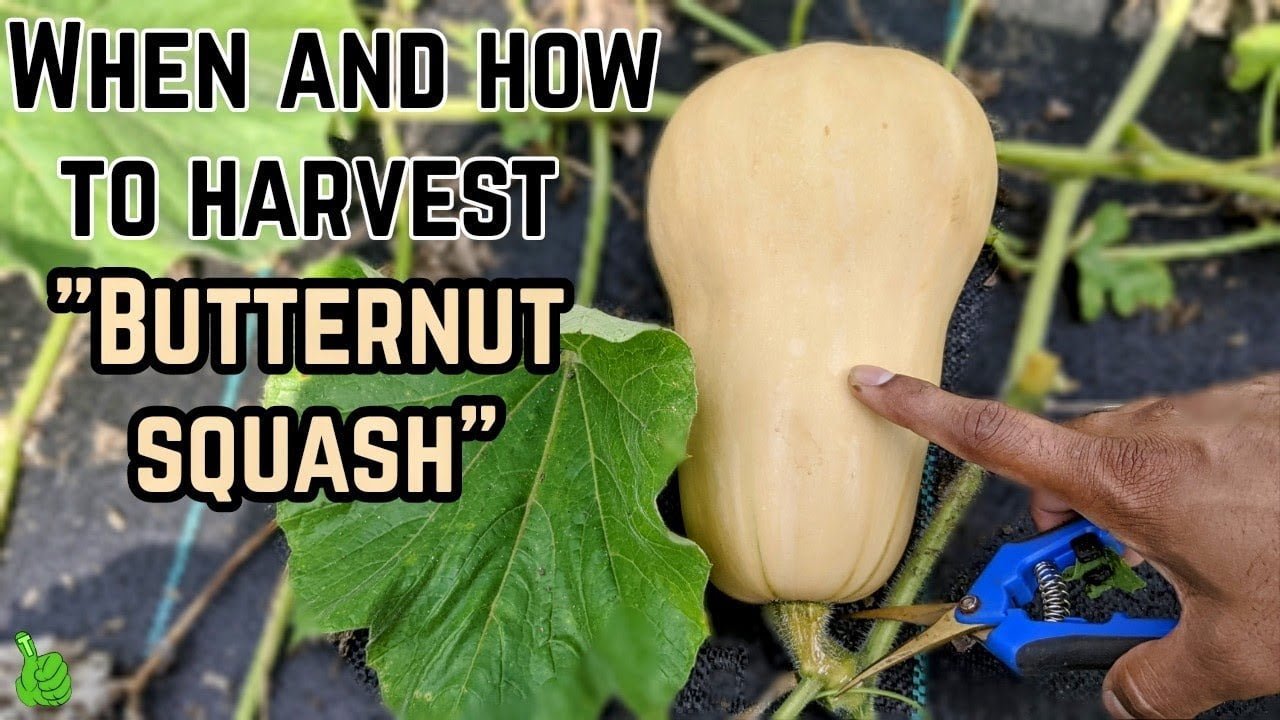
Smell
Sweet Aroma
The smell of a ripe butternut squash can be truly enticing. When you bring the squash close to your nose, it should have a sweet and slightly nutty aroma. This sweet fragrance is a sign that the squash is ripe and ready for consumption. If you detect any unpleasant or sour smells, it suggests that the squash may be overripe or starting to spoil.
Time Since Harvest
Harvest Date
Knowing the harvest date of a butternut squash can provide valuable information about its freshness and ripeness. If possible, check the packaging or ask the vendor for the harvest date. Generally, a butternut squash harvested within the last few weeks is more likely to be ripe and in its prime. However, keep in mind that other factors such as storage conditions can also influence the squash’s ripeness.
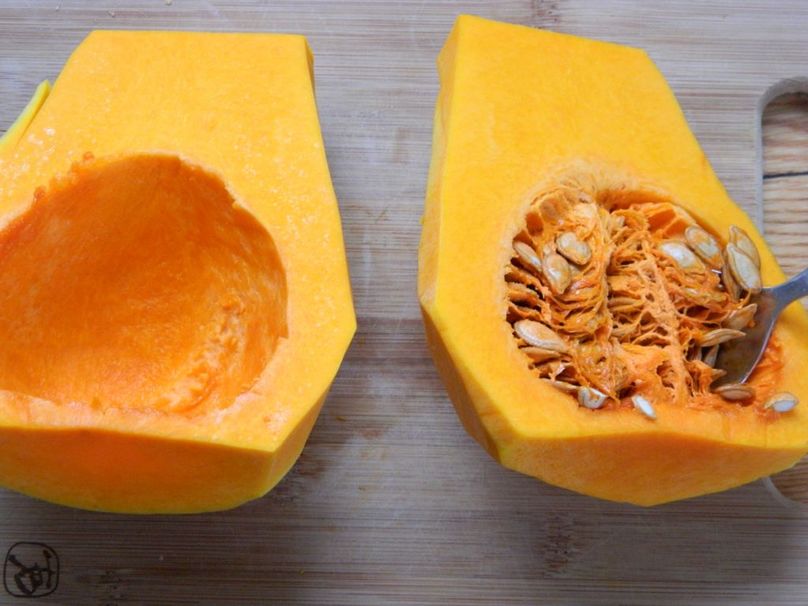
Shelf Life
Exterior Condition
The exterior condition of a butternut squash is an important factor to consider when assessing its shelf life. Look for any visible signs of deterioration, such as mold, soft spots, or wrinkling. If the skin appears to be intact and is free from any damage, the squash is likely to have a longer shelf life. Fresh, healthy-looking skin reflects a well-preserved squash.
Interior Condition
To determine the interior condition of a butternut squash, cut it open. The flesh should be orange and firm, with a smooth texture. If you notice any dark or discolored areas, it could be a sign of decay. Additionally, inspect the seed cavity and make sure it is free from mold or excessive moisture. A butternut squash with a vibrant and appetizing interior is more likely to have a longer shelf life.
Use By Date
Expiration Date
Some butternut squashes come with an expiration date printed on the packaging. This date indicates the recommended timeframe for consuming the squash at its best quality. Pay attention to this date and try to use the squash before it expires. However, keep in mind that the expiration date is just a guideline, and the squash may still be safe to eat for a certain period after the specified date if it has been stored properly.
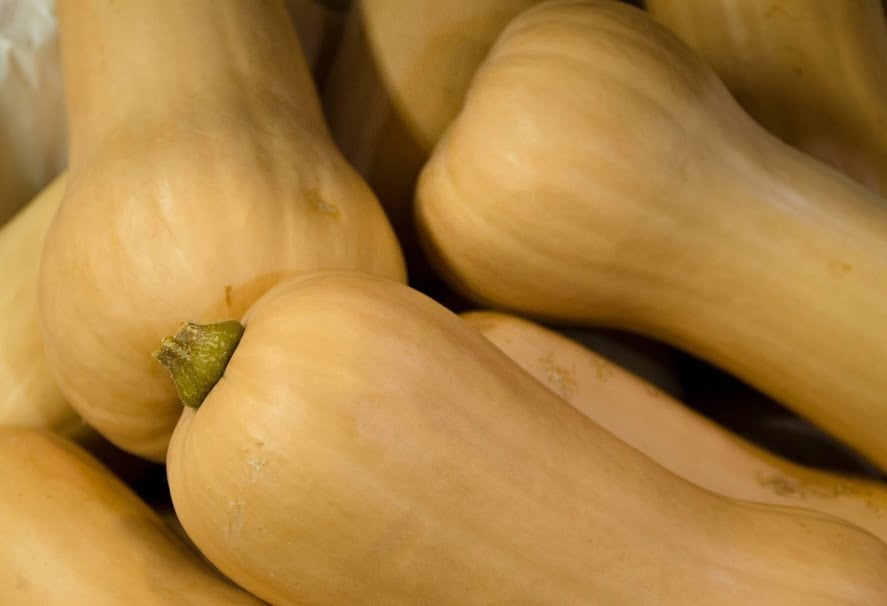
Storage
Locally Grown
Freshly harvested butternut squashes can be found at local farms or farmers’ markets. Choosing locally grown squashes ensures that they have been recently harvested and are likely to be fresher. It also helps support local farmers and promotes sustainability.
Refrigeration
To prolong the shelf life of a butternut squash, it is best to store it in a cool and dry place. A refrigerator is an ideal environment, as it helps slow down the ripening process. Place the uncut squash in a plastic bag and store it in the vegetable drawer. However, keep in mind that refrigeration can change the texture slightly, making the flesh denser.
Freezing
If you have more butternut squash than you can consume before it spoils, you can freeze it for future use. Peel and seed the squash, cut it into cubes or slices, blanch it briefly, and then transfer it to airtight freezer bags. Frozen butternut squash can last for several months and is a convenient option for adding to soups, stews, or roasted vegetable dishes.
Slicing and Cooking
Preparation Tips
Butternut squash can be quite challenging to slice and peel due to its tough skin and firm flesh. To make the task easier, start by cutting off both ends of the squash. Stand it upright on a stable surface and carefully slice it in half lengthwise. Use a spoon to scoop out the seeds and fibrous pulp. Proceed to peel the skin using a sharp vegetable peeler or a knife. Finally, cut the squash into desired shapes or sizes for your recipe.
Cooking Techniques
Butternut squash is incredibly versatile and can be prepared in various ways. You can roast it, steam it, boil it, or even puree it for soups and sauces. Roasting brings out the natural sweetness and enhances the flavors of the squash. Cube the squash, toss it with olive oil, salt, and spices, then roast it in the oven until tender and caramelized. Steaming or boiling butternut squash is great for purees or adding to curries and stir-fries. Experiment with different cooking techniques to discover your favorite way to enjoy this delicious vegetable.
By considering the appearance, touch, weight, smell, and other factors mentioned above, you can confidently determine the ripeness of a butternut squash. Whether you plan to use it immediately or store it for future use, choosing a ripe squash ensures the best flavor and texture in your culinary creations. Enjoy the process of selecting, preparing, and cooking butternut squash, and savor the delightful flavors it brings to your dishes.

